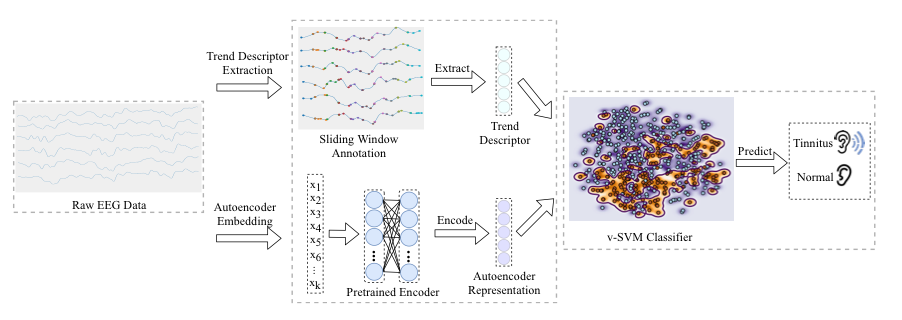Gizli İşitme Kayıplarında Konuşma Algısının Modellenmesi
- engindani5
- 24 May 2022
- 2 dakikada okunur
Modeling speech perception in hidden hearing loss using stochastically undersampled neuronal firing patterns
Authors: Jiayue Liu1, Tobias Overath1
1Department of Psychology and Neuroscience, Duke University, USA
Background: Over the past decade, ‘hidden hearing loss’ – hearing difficulty in noisy environments, seemingly without accompanying audiometric threshold shifts – has inspired a wealth of research, including what and how morphological changes in the auditory periphery might give rise to this phenomenon. For example, the stochastic undersampling model (Lopez-Poveda et al., 2013) suggests that auditory deafferentation, i.e. a loss of afferent information from the auditory periphery, can potentially introduce internal noise in the subsequent auditory processing stages. However, it is hard to quantify percentage of fiber loss using the original stochastic undersampling model.
Methods: Stochastic undersampling models each auditory fiber as a sampler, which samples the input sound at its own stochastic rate, and deafferentation is mimicked by varying the number of samplers. We added several specifications to improve the validity of the model (Figure 1): we explicitly modeled three different fiber types with high, medium, or low spontaneous firing rates, together with their corresponding rate-level function, and the inclusion of neuronal refractoriness. With respect to signal reconstruction, we applied a sliding window (10 ms) RMS matching of input and reconstructed sound, instead of multiplying the firing train with the input signal.

Figure 1: Schematic of the modified stochastic undersampling model The Extended Short Time Objective Intelligibility (ESTOI) is a computational index of speech intelligibility based on a weighted temporal-frequency spectrum. In the current study, the ESTOI index was used to estimate the intelligibility of IEEE sentences taken from the UW/NU Corpus.
Results:

Figure 2: Predicted speech intelligibility using ESTOI.Figure 2 shows the predicted performance difference (with respect to the input signal) of hearing speech in noise with various levels of auditory fiber loss, simulated using the stochastic undersampling model. While the ESTOI decreases with SNR, this effect increases as a function of fiber loss (RM-ANOVA Number of fibers X SNR interaction, F(6,294) = 321.69, p < .05).
Conclusions: Our updated and improved stochastic undersampling model introduces more specifications for auditory nerve fibers, and the ESTOI simulation result is consistent with previous studies predicting speech perception with hidden hearing loss (e.g. Oxenham, 2016).




Komentar